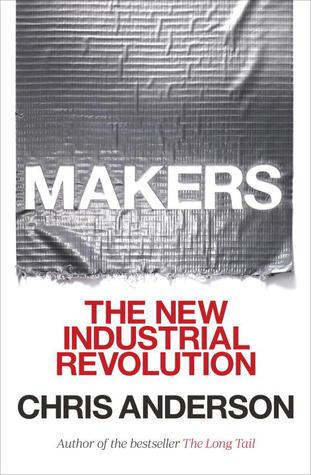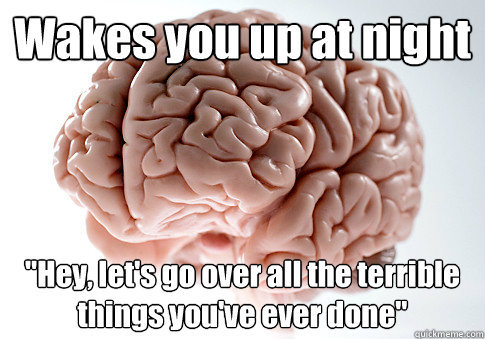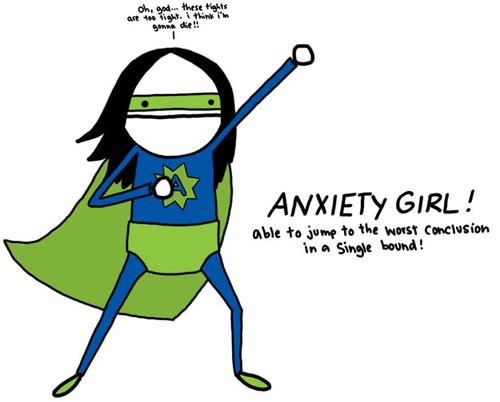
Most Wanted posters, having lost their long standing place at the Post Office, have found a new home on Pinterest. Following the Philadelphia Police Department, police in Pottstown PA, are now electronically pinning images of those with outstanding arrest warrants. Yes, the same place people exchange recipes and DIY home tips is increasingly also place in which police officers disseminate photographs of felons on the lam (time out: I just got to use the phrase “on the lam” in an academic-ish piece of writing. *self high-five*).
This use of Pinterest for mugshot dissemination is theoretically interesting in a number of ways. Here, I denote three key interrelated insights: more...








